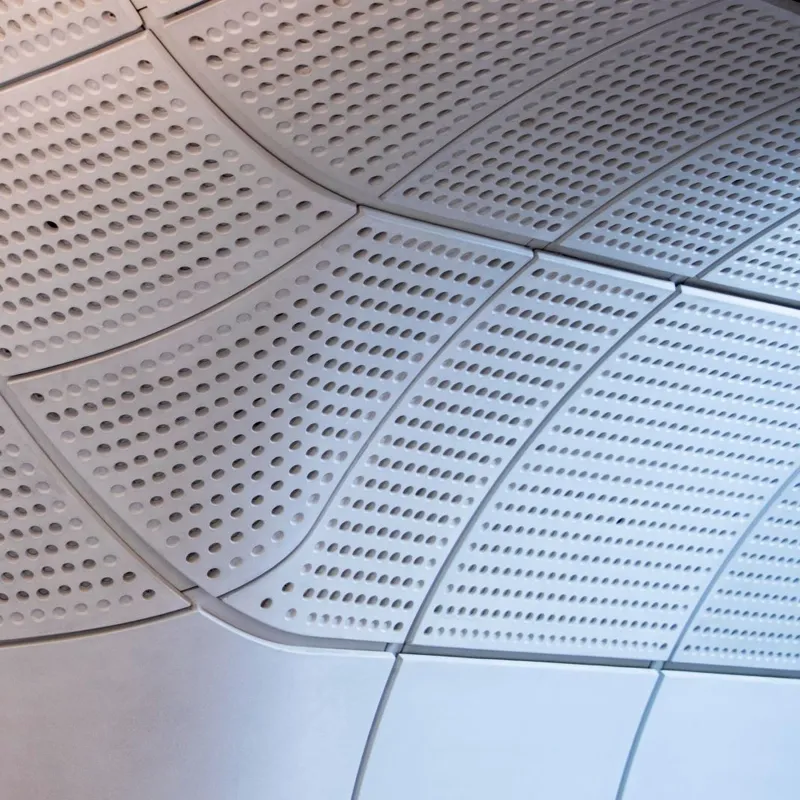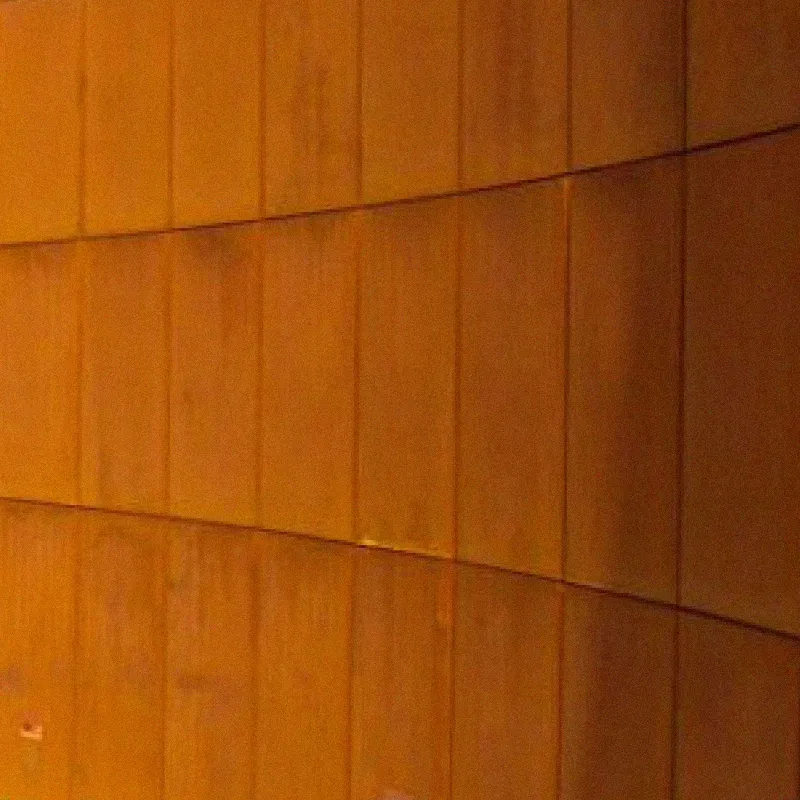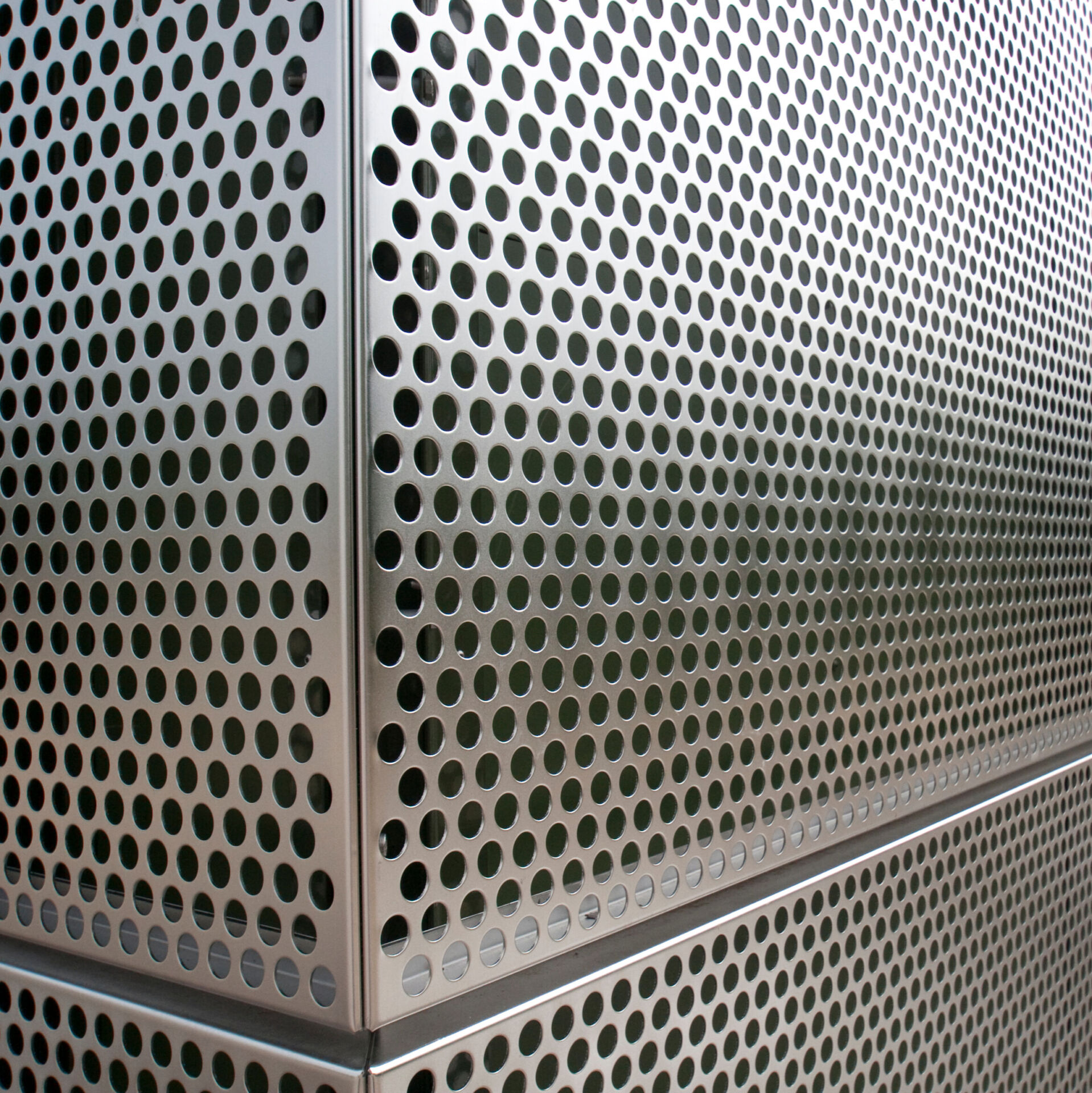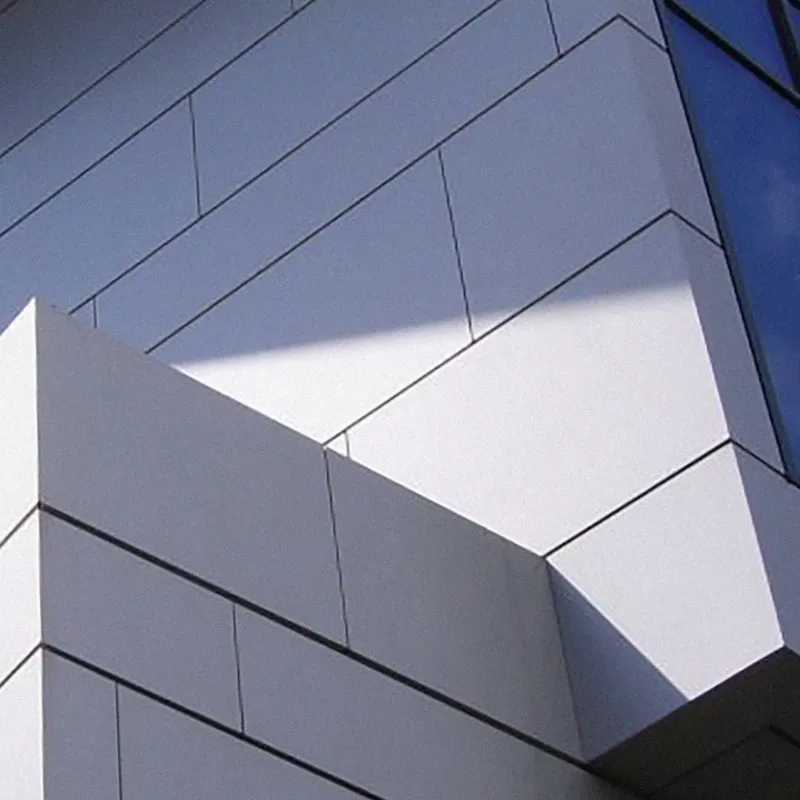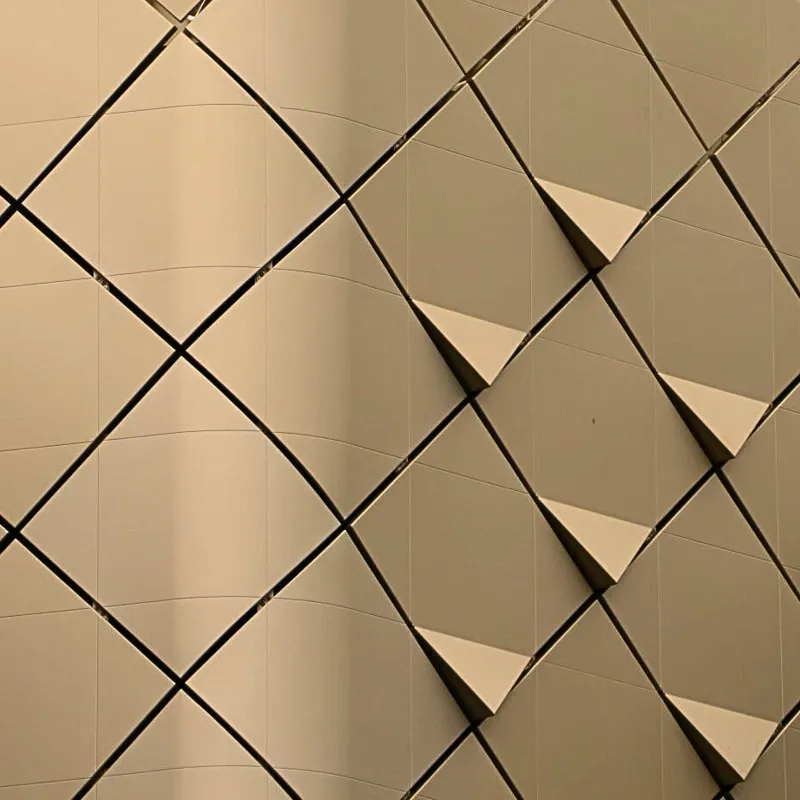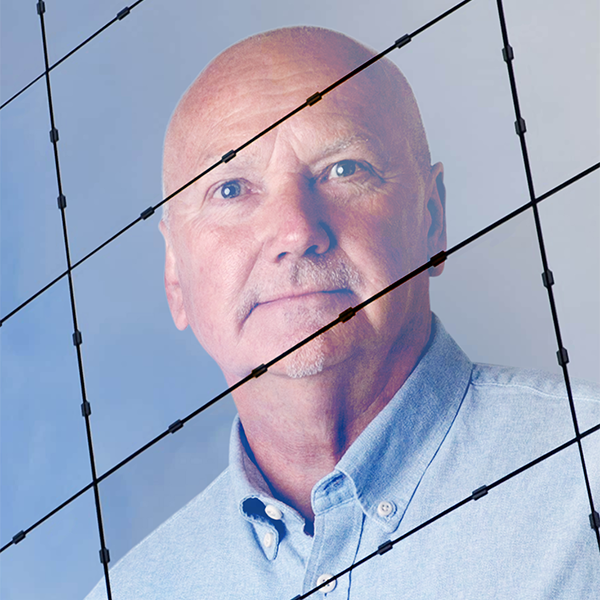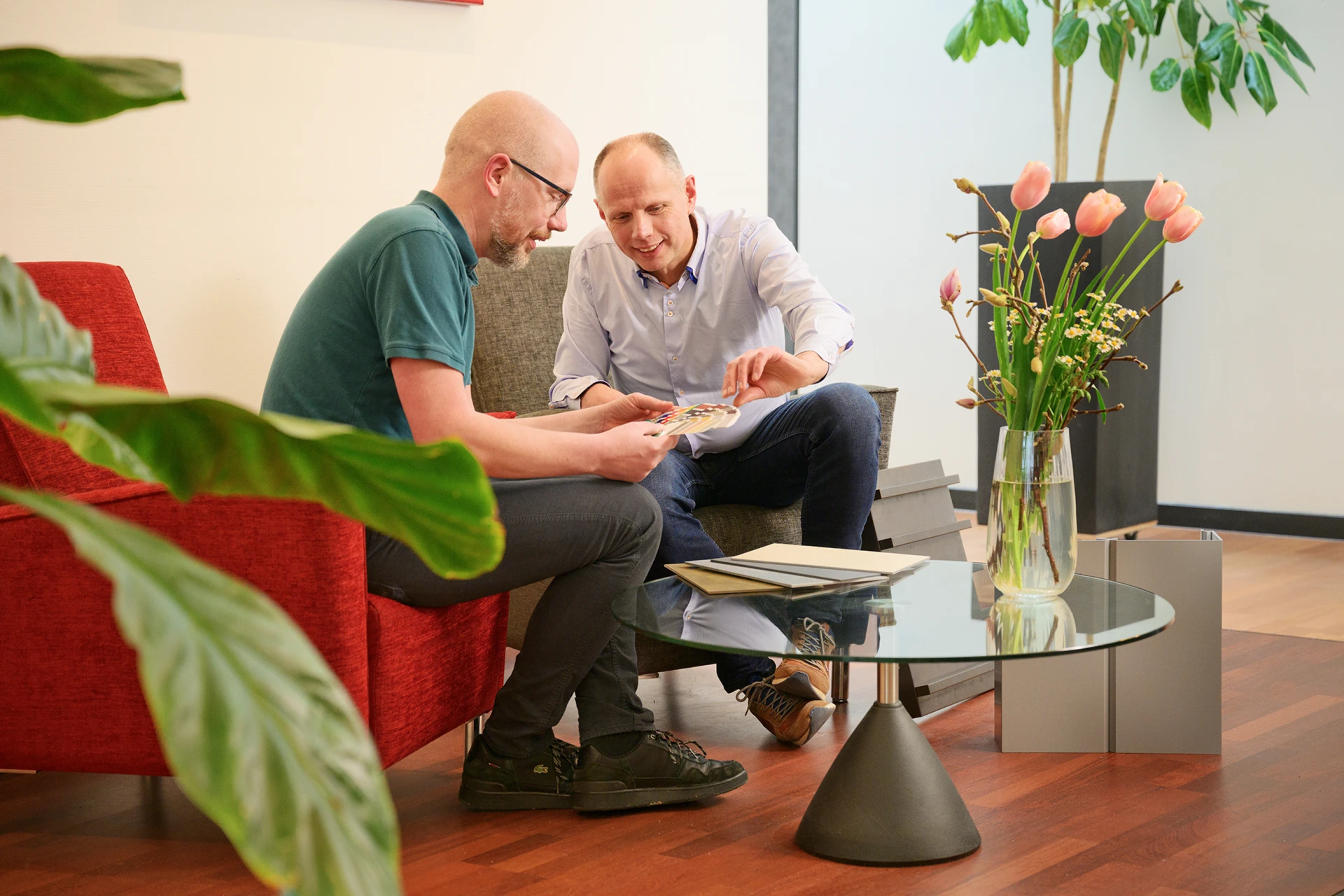
Materials
Welcome to our ‘Materials’ page, where we invite you on a journey of discovery through the diverse building blocks of Sorba’s creative craftsmanship. Here, we showcase a wealth of materials, from aluminium, aluminium composite material (ACM), stainless steel (SS), weathering steel (Corten), to glass fibre reinforced concrete (GRC/GFRC), each with its own unique characteristics and applications in high-quality facade cladding and construction projects.
We realize that our collection of materials only scratches the surface of the possibilities we offer. If the desired material is not listed on our page, we warmly invite you to contact us. Together, we can select the right materials and find a tailor-made solution for your project. The Perfect Finish begins with choosing the right material, and we are here to guide you on this journey of boundless creativity and craftsmanship.
Surface treatment
Based on sustainability, a surface treatment for a material is not always necessary and is mainly an application that gives the buildings and objects their allure and aesthetics. Together with our Surface Creators and supply partners, we assess for each unique project which application is appropriate for the specific objects and environments.
Various surface treatments, such as wet painting, powder coating, anodising, galvanising or similar systems like coil coating for sheet material, can be applied to facade cladding.
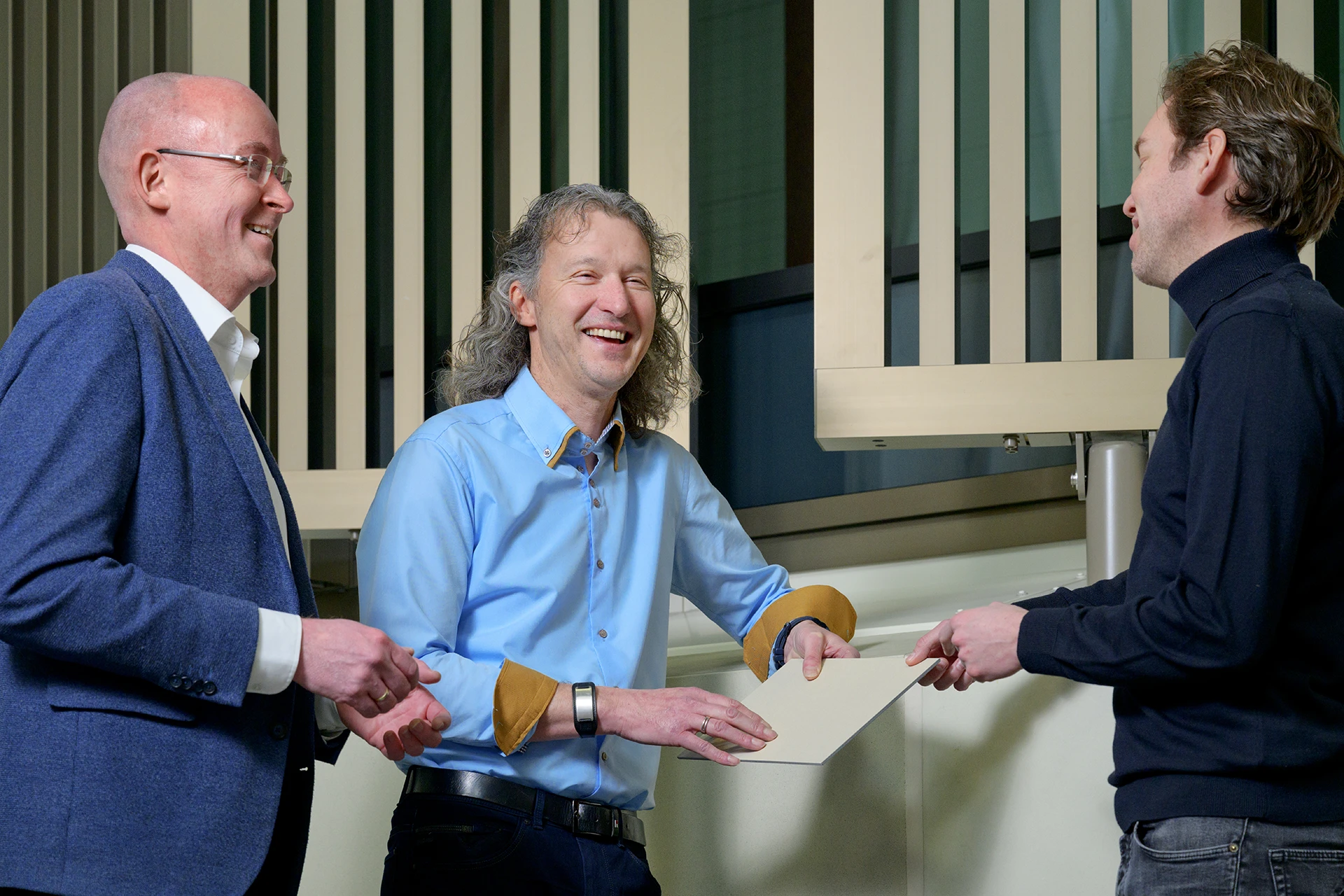
Questions or remarks
Is what you are looking for not among the options?
The selection above only offers a glimpse of the possibilities. If the desired material or surface treatment is not listed, please do not hesitate to contact us. We will be pleased to help you find the perfect materials for your project, as our expertise goes beyond what we are able to show you.
Together, we will find the perfect solution for your unique construction project needs.

